The site you’re on is our second attempt to improve the level of electronic service to you honey lovers. In our second year of e-activity, we decided to answer some of your serious, recurring and important questions about the types of natural honey and the margins, frankly and without obligation. And we don’t worry about the displeasure of our colleagues, because we’re sure our colleagues are honey-peddlers with the right attitude, who are looking for enlightenment.
1- Is there fake or fake honey?
There are all kinds of fraud in honey production. The most prominent form of counterfeiting is the substitution of artificial honey for natural honey.
2- Why do they sell artificial honey instead of natural honey?
The price per kilo of natural honey is about 500 thousand tomans and the price per kilo of industrial honey is 50 thousand tomans!
3. How can we recognize industrial honey?
Because they add flavoring and color to it, it’s hard to tell, but overall it tastes and smells like caramel, burnt sugar and diluted sugar.
4. What does industrial honey taste like?
Industrial honey does not dissolve quickly in the mouth and remains on the tongue in the form of a ball of yeast until it dissolves slowly.
5- Which is better, honey on the go or honey on the side?
We believe that naming honey as a medicinal herb is a publicity stunt. Each bee travels several kilometers to collect a combination of the best evidence at different times and places. So the beehive, whose bees often target the honeydew or other plants, is almost non-existent.
type i honey moon blue light circle
6- What’s the best form of honey? Honey with wax, honey without wax, honey with wax?
The shape of the wax does not have a significant effect on the quality of the honey. It’s actually a honeycomb fluid that’s only qualified by a food lab.
7- Should We Buy Wild or Rock Honey?
First, the amount of honey in nature is much less than what’s sold on the Internet, and second, even if it’s real, wild honey is usually less medicinal and floral than farmed honey.
8. What is the difference between farmed and wild honey?
Man-made honeybees are monitored for food and medicine, and the beekeeper observes the limits for his own dignity. Wild honey is often advertised and sold on the Internet by certain people that I personally have no confidence in for health or authenticity.
9- A type of natural honey that is wax wrapped around wood is advertised. Buy it?
Instead of a rectangular frame, some beekeepers insert tree trunks and branches into the hive, and the bees build honey and wax around the wood. There’s no difference between this and conventional honey, and it might even be a kind of deception.
10- Rock honey, wild honey, and log honey are dark, but regular honey is light. What’s the difference?
There are a thousand ways to change the color of honey. We’re not going to go into all the different kinds of deception. In general, we recommend that you trust the brand, the beekeeper, the company, and the apiary over the type, shape, and color of the honey. In honey production, there are honeybees ranging from pale yellow to red-brown to even garlic and grape brown.
Remember, the color of honey is not in any way a determinant of the quality of honey.
type i honey moon blue design
11. What are some factors that determine the quality of natural honey?
If you ask us, the quality of honey is determined by the factors that they test in the laboratory. Proline levels, HMF, fructose to glucose ratio, diastase activity and the…
12. What does good honey smell like?
I’ve personally seen both odorless quality honey and perfumed quality honey. Although some sources may list the smell and odor of honey as one of the indicators of quality, we personally consider the smell and odor of honey to be a factor to consider if laboratory criteria are validated. I can tell you from experience that honey gives off a combination of wax and pollen. The composition varies in different honeycombs. Honey with a pungent, diffused odor is considered suspicious by the servant.
13- What isProline honey?
It’s a protein that’s made in the body of the bee and it’s found in our natural honey.
14- How do we know if the honey we buy has Proline?
Just send the honey to the food lab and ask for a measurement of the honey’s Proline.
How much is the Proline of your honey ?
Of course, you can check out the lab analysis of each of our honeybees in the store section. So type one honey is about 250, type two honey is about 400, type three honey is about 850, type four honey is about 1,000.
The minimum permissible amount of Proline in natural honey is set by the Office of Standards at 200 units.
What is proline?
Proline is one of the essential amino acids for the human body, found naturally in proteins. This amino acid plays a vital role in building and repairing body tissues and is one of the main components of collagen, which gives strength to the skin, bones and joints.
17. What is the Proline pattern in honey?
The effect on the quality ofProline honey is recognized as an important indicator for determining the quality of honey. Honey with a high Proline content is usually of higher quality and has more nutritional and medicinal properties. This amino acid helps keep honey fresh and durable due to its antioxidant properties. One of the important properties of Proline in honey is its antibacterial activity. This property allows honey to be used as a natural disinfectant.Proline helps boost the immune system by preventing bacteria from growing and multiplying.
https://www.researchgate.net/figure/Proline-content-of-special-honey-types_tbl4_270895547
18. Benefits of Honey With Proline
Boosting the immune system: Honey rich in L-proline can help boost the immune system. L-proline increases the body’s resistance to disease by increasing the production of immune cells and improving their function. For information on the perulin honey, what is it? The essential honey enzymes contact us. Improving skin and hair health Due to the important role of L-proline in collagen production, consumption of honey containing this amino acid can help improve skin and hair health. L-proline increases the elasticity and strength of skin and hair and prevents premature aging. Honey with a high content of L-proline can accelerate the wound healing process. This amino acid promotes faster and complete wound healing by stimulating collagen production and improving blood flow in the wound area.
19-Proline protects the joints.
It was mentioned in the previous section. That the propylene in honey (al-propylene) plays an important role in the structure of collagen. It helps strengthen and rebuild cartilage. We’re also going to see a reduction in people’s joint pain. In some cases, the proline in honey can also improve a person’s bone density.
20-The role of Proline in heart health
Proline is arguably the most important factor in the production of collagen. Collagen can ensure the health of all body tissues. The proline in honey also prevents the thickening and hardening of the walls of the heart’s arteries.
to read more about Proline of natural honey suggest to read this article: download
21- Does raw honey sting?
Natural honey doesn’t sweat, it coagulates. There’s a difference between a rope and a rope. In our natural honey, due to the high activity of diastasis, sugars are converted into each other, and a binding process may occur in which the honey is converted into a colored, milky, yeasty substance. But sugaring is detected by fluid saturation in the form of round dots that collect under the door or across the sweet liquid.
In principle, the honeycomb in the form in which it is fermented is not edible by human nature, but the closed honeycomb is the same as the natural honey before it is fermented, and only the tissue is converted into a homogeneous yeast instead of the viscous liquid.
22-What is the diastase pattern in honey?
Diastase is an enzyme that is known as an anticancer enzyme. This enzyme can eliminate all the fat accumulated in the vessels and around the walls of the heart, ensuring the health of the heart. Diastase is found only in natural honey. So fake honey is completely devoid of this valuable and healing enzyme. You’ve probably seen this enzyme in honey in the past and mistakenly called it sugar. The reason natural honey hardens is because of the enzyme diastase.
When you touch the sugar from the diastase between your fingers, you’re faced with grains that look just like sugar. But it’s got nothing to do with sugar. Some believe that these seeds are the result of winter feeding of bees in honey. But this belief is also completely false. Beekeepers use a solution of water and sugar to feed their bees during the winter. But the bee, after feeding on this solution, converts the sugar into sugars in a completely different process.
23. Heat the honey to remove the sugar?
As we’ve shown, natural honey doesn’t make honey, it makes honey. Do whatever you can with the honeycomb, but don’t heat the honeycomb in any way.
24- Can you eat honey that has been heated?
Temperatures above 37 degrees destroy many proteins, including diastase and proline. So if your honey is rotted, use yeast in the same way. Heating honey causes a large portion of the natural honey’s nutrients to be lost, effectively turning it into a thick, sweet liquid.
25- Should I take honey with tea or warm milk?
Mixing honey with other liquids is only allowed below 37 degrees Celsius. Mixing honey with any hot liquid will cause the honey to lose its beneficial properties.
Don’t drink tea even after you’ve tasted natural honey. The best way to consume natural honey is with a cold and fresh lemon.
26- What’s hydroxy methyl furfural or HMF?
Doing many different processes on natural honey creates a toxic substance in honey. It’s called HMFl. It’s one of the pollutants naturally found in honey. It plays an important role in the formation and strengthening of cancer cells. The product HMF is formed during the honeycombing operation.
Personally, and after years of experience, I don’t trust a very clear glass of honey that’s free of any impurities.
As mentioned earlier, during the heating process to remove the enzyme, diastase produces HMF, transforming this valuable substance from a natural healing drug into a dangerous and deadly product.
27-Why is natural honey heated to form HMF?
To please the market. Rattled honey is not marketed and is mistakenly called sweetened honey, which is then passed on to the seller. Then they heat the honey and kill it so that it doesn’t stick. This heated honey is so harmful that when we give it to the bee, it refuses to eat it.
28- Should I Buy Clear Honey or opaque?
Honey extracted from the honeycomb contains a large amount of compounds in the honeycomb fluid, including pollen, tiny particles, larvae and… is. These are natural honey prizes, but still, the market is being driven. The market demands clear honey. Ordinary honey doesn’t cross the plain easily. So in order to pass through the very fine layers that result in clear honey, the honey has to be heated very hot.
As you can see, clear honey is honey that has been heated to loosen and pass through the honeycomb. Honey that has been exposed to a lot of heat is not only unhealthy, it also carries high levels of the harmful substance HMF.
29- Should I buy honey with wax or plain?
There are two possible answers to this question, and a third one that’s not in the question. Both forms of honey are good if you get them from a reputable brand like Honey. Both forms can be harmful if purchased from profiteers, strangers, and addicts. I suggest you make our honey-smoothed honey. There are points in the wax that I’ll address in the future.
30-Does a honey bee have fleas?
You asked a very important question. Yes, you can. He’s got a good one. So if they don’t poison the hives, they might wipe out the entire hive. Well, there’s a fine point there. The cockroach? Sam? Yes, you can.

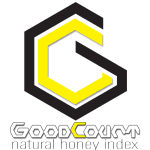 عسل گودکرت
عسل گودکرت عسل هانی مون
عسل هانی مون عسل تایپ یک
عسل تایپ یک عسل تایپ دو
عسل تایپ دو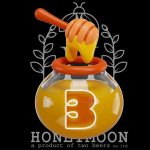 عسل تایپ سه
عسل تایپ سه عسل تایپ چهار
عسل تایپ چهار
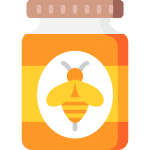
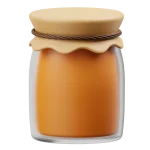






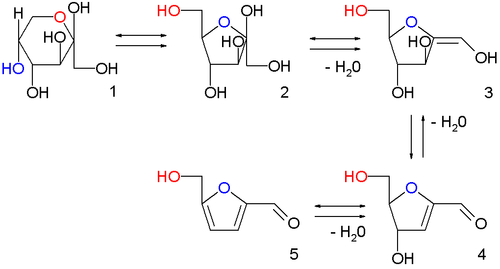
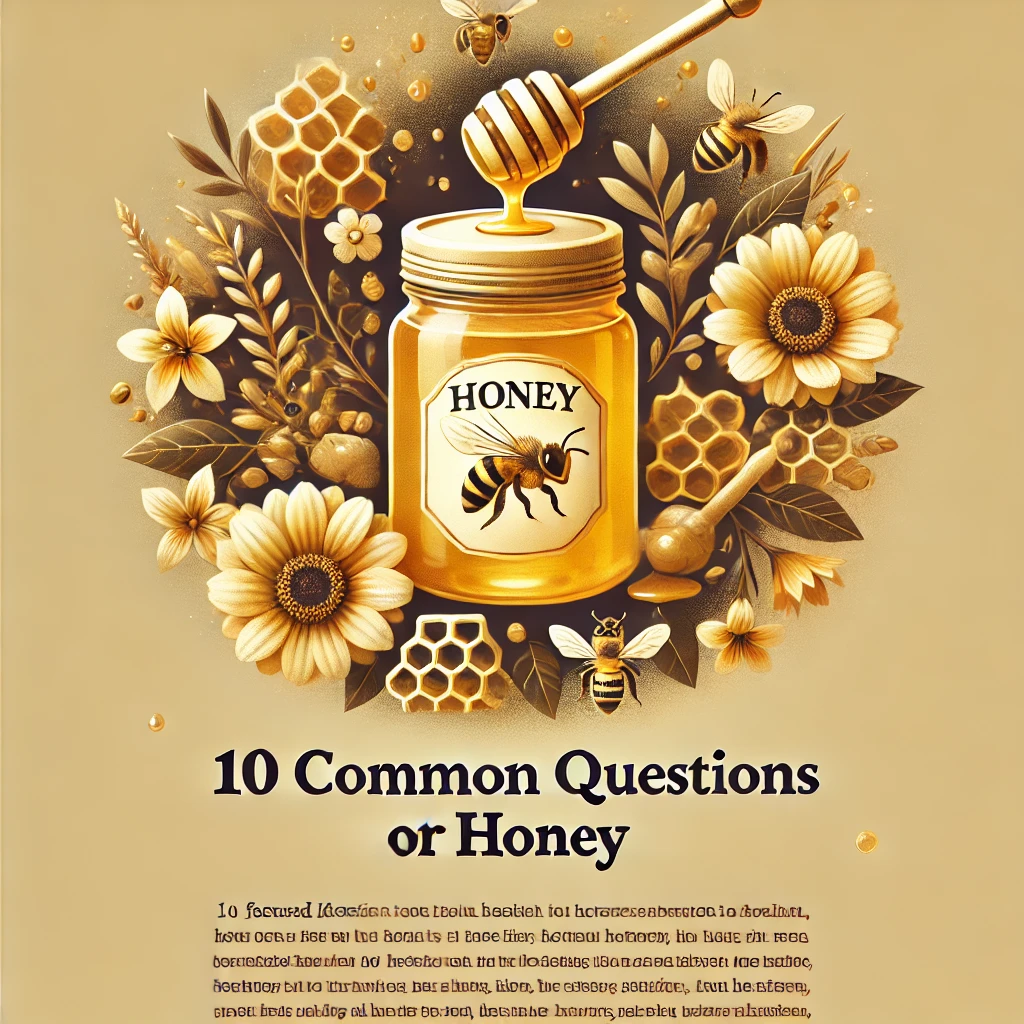




 عسل گودکرت
عسل گودکرت